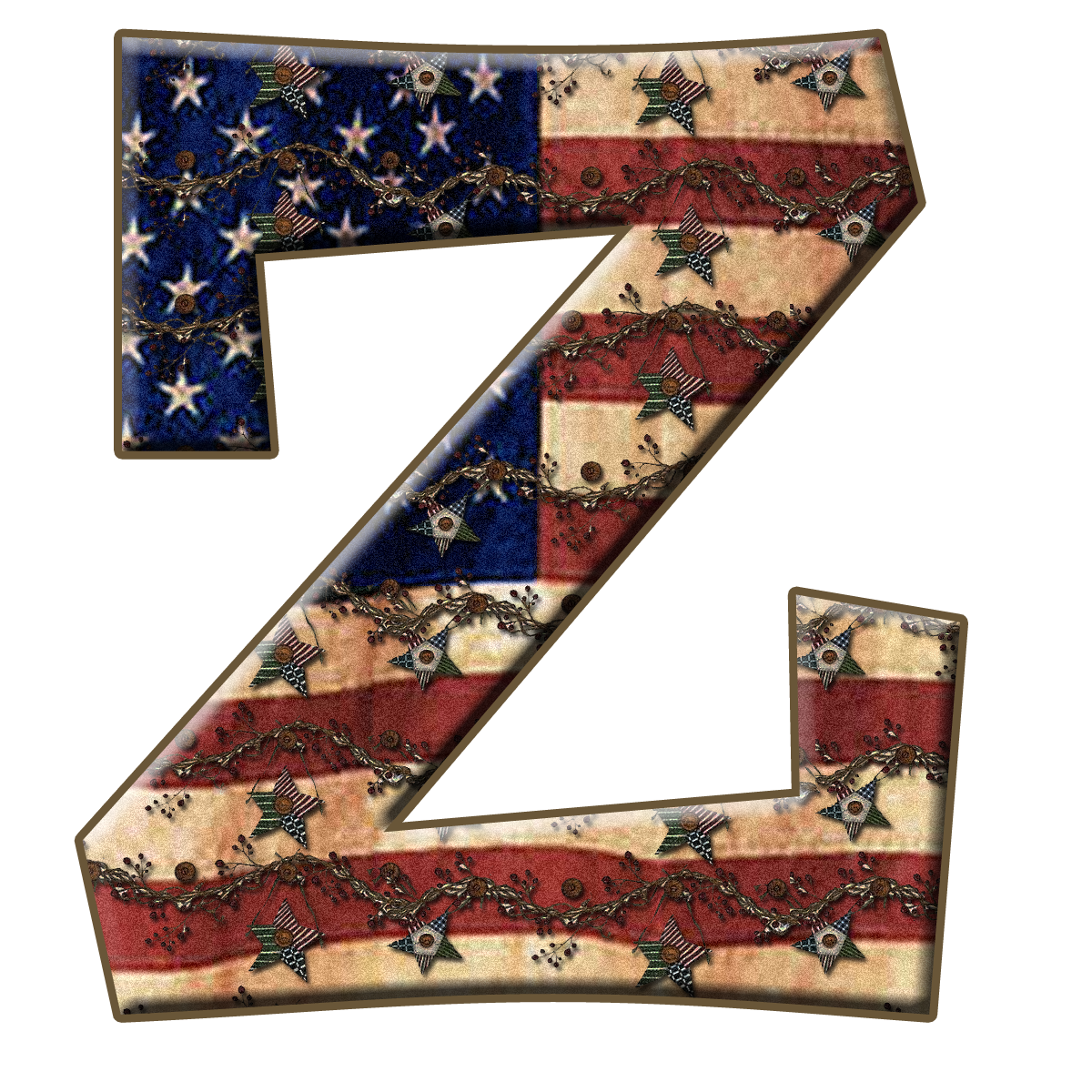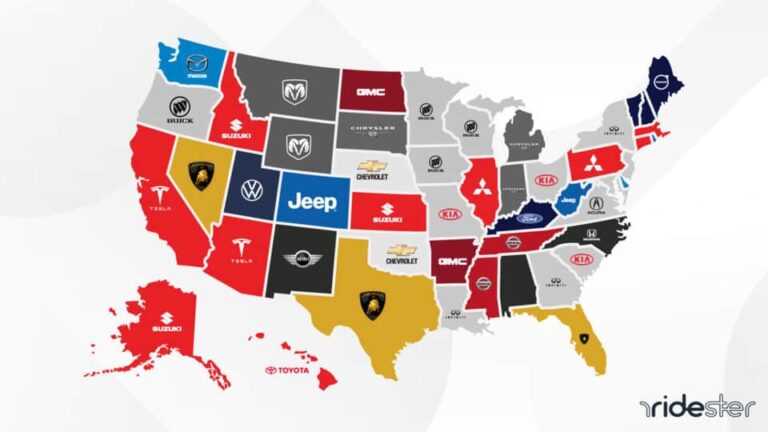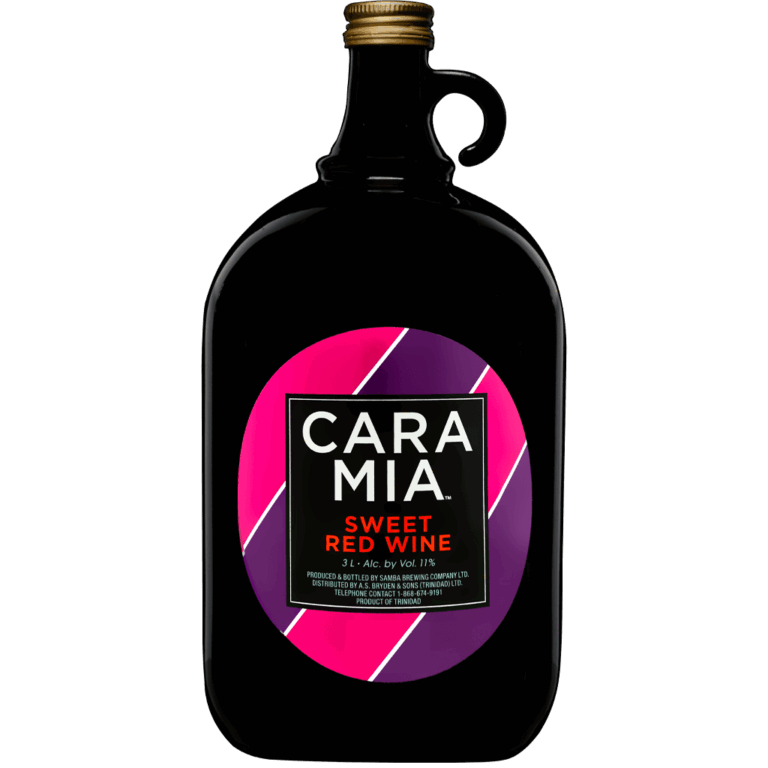The Enduring Legacy of the Z Car Brand: A Comprehensive Guide
The Enduring Legacy of the Z Car Brand: A Comprehensive Guide cars.truckstrend.com
Introduction: The Z Car Phenomenon
In the pantheon of iconic sports cars, few names resonate with the same blend of performance, style, and accessibility as the "Z Car." More than just a model line, the Z Car represents a distinct brand identity within Nissan’s illustrious history, a consistent commitment to delivering thrilling two-seater experiences to a broad audience. From its revolutionary debut in 1969 as the Datsun 240Z, the Z Car quickly established itself as a formidable challenger to European and American sports car giants, offering exhilarating performance and striking aesthetics at an unbeatably competitive price. This groundbreaking philosophy – that a high-performance sports car could be both attainable and reliable – cemented the Z Car’s legendary status and has guided its evolution through multiple generations. For over five decades, the Z Car brand has symbolized a passion for driving, a testament to Nissan’s engineering prowess, and a beloved icon among enthusiasts worldwide.
The Enduring Legacy of the Z Car Brand: A Comprehensive Guide
The Genesis of an Icon: The Datsun Z-Car Era (1969-1983)
The story of the Z Car brand begins with a vision: to create an affordable, reliable, and stylish sports car that could compete globally. This vision materialized in the Datsun 240Z (known as the Fairlady Z in Japan), launched in 1969. Designed by Yoshihiko Matsuo, its long hood, short deck, and elegant fastback profile immediately captivated audiences. Underneath its sleek skin lay a robust 2.4-liter inline-six engine, delivering a respectable 151 horsepower, coupled with independent suspension all around. This combination provided a nimble, engaging driving experience that belied its modest price tag.
The 240Z was an immediate sensation, shattering sales expectations and forcing competitors to re-evaluate their strategies. Its success led to the evolution of the brand through the 260Z and 280Z, which saw incremental engine displacements to maintain performance in the face of tightening emissions regulations. The culmination of this early era was the 280ZX (S130 chassis) introduced in 1979. While retaining the Z’s core spirit, the 280ZX shifted towards a more luxurious, grand touring character, offering amenities like T-tops and automatic transmissions, reflecting changing market tastes and broadening the Z’s appeal. This foundational period solidified the Z Car’s reputation as a legitimate sports car capable of competing on the world stage.
Turbos, Tech, and Transitions: The Nissan Z31 and Z32 Eras (1984-2000)
The mid-1980s marked a significant shift for the Z Car brand, coinciding with Nissan phasing out the Datsun name globally. The 1984 300ZX (Z31 chassis) ushered in a new era, replacing the traditional inline-six with a more compact and powerful 3.0-liter V6 engine. This generation embraced sharper, more angular styling, a hallmark of 80s design, and introduced turbocharging as a prominent feature, significantly boosting performance. The Z31 continued the trend towards greater luxury and technological integration, including digital dashboards and electronically adjustable suspension.
However, it was the 1990 300ZX (Z32 chassis) that truly redefined the Z Car brand for the modern age. With its stunning, wide, and low-slung design, the Z32 looked like nothing else on the road. It was a technological marvel, featuring advanced systems like four-wheel steering (HICAS), variable valve timing, and for the flagship Twin Turbo model, a potent 300-horsepower engine. The Z32 offered an unparalleled blend of performance, sophistication, and luxury, competing directly with high-end sports cars from Porsche and Corvette. Its complexity and increasing price, however, made it less accessible than its predecessors. Despite critical acclaim, declining sports car sales and rising production costs led to its discontinuation in North America in 1996 (and in Japan in 2000), marking a temporary hiatus for the Z Car brand.
The Rebirth of a Legend: The Modern Z Cars (2002-Present)
After a brief absence, the Z Car brand was dramatically reborn in 2002 with the Nissan 350Z (Z33 chassis). This highly anticipated return to form saw the Z Car shedding some of its previous luxury pretensions, refocusing on its core mission: an affordable, pure sports car experience. Powered by the now-legendary VQ35DE V6 engine, the 350Z delivered robust power, a distinctive exhaust note, and sharp handling. Its aggressive, muscular styling was an instant hit, and its strong aftermarket support quickly made it a favorite among tuners and enthusiasts.

The 350Z evolved into the 370Z (Z34 chassis) in 2009, featuring a larger 3.7-liter V6, more power, and a refined chassis. The 370Z maintained the Z’s reputation for accessible performance and engaging driving dynamics, continuing its legacy for over a decade.
The latest chapter in the Z Car brand’s history began in 2023 with the simply named "Nissan Z" (RZ34 chassis). This newest iteration beautifully blends retro design cues from the original 240Z and the Z32 with thoroughly modern performance. It features a twin-turbo V6 engine derived from the Infiniti Red Sport models, delivering 400 horsepower, and importantly, retains the option of a manual transmission. The new Z aims to capture the essence of its predecessors – exciting performance, distinctive style, and strong value – ensuring the Z Car brand continues to thrill a new generation of drivers.
Why Choose a Z Car? Benefits and Appeal
The enduring appeal of the Z Car brand stems from a unique combination of benefits that few other sports cars can match:
- Accessible Performance: From the original 240Z to the latest Nissan Z, these cars have consistently delivered thrilling acceleration and agile handling without demanding a premium price tag. They offer a direct, engaging driving experience that connects the driver to the road.
- Distinctive Style: Z Cars have always possessed a unique aesthetic. Whether it’s the classic lines of the S30, the futuristic design of the Z32, or the retro-modern appeal of the new Z, they stand out from the crowd and often possess a timeless quality.
- Reliability and Durability: Built with Nissan’s reputation for engineering robustness, Z Cars are generally known for their mechanical reliability, especially when properly maintained. This makes them practical choices for regular driving or spirited weekend excursions.
- Strong Aftermarket and Community: The Z Car brand boasts one of the most vibrant and dedicated enthusiast communities in the automotive world. This translates to extensive aftermarket support for modifications, maintenance, and a wealth of shared knowledge and camaraderie among owners.
- Value Retention: While not all Z Cars are appreciating assets, many, particularly well-preserved examples of older generations, hold their value well or are even increasing in desirability among collectors. Newer models offer excellent performance-to-dollar value compared to rivals.


Important Considerations for Z Car Ownership
While the Z Car brand offers immense rewards, prospective owners should be aware of a few considerations:
- Maintenance for Performance: As performance vehicles, Z Cars require diligent maintenance schedules. This includes regular oil changes, timely fluid flushes, and attention to wear items like brakes and tires, which can be more expensive than those for economy cars.
- Insurance Costs: Being sports cars, Z Cars often incur higher insurance premiums than standard sedans or SUVs. Factors like engine size, model year, and driver history significantly influence these costs.
- Practicality Limitations: Z Cars are two-seater coupes, meaning limited passenger and cargo space. While some generations offer decent trunk room, they are not designed for family hauling or large cargo.
- Age-Related Issues (for older models): Classic Z Cars (S30, S130) may suffer from rust, electrical gremlins, and wear in suspension components common to vehicles of their age. A thorough pre-purchase inspection is paramount.
- Fuel Economy: While not gas guzzlers, Z Cars prioritize performance, so expect fuel economy to be lower than that of an economy car, especially in spirited driving.
Tips for Buying and Owning a Z Car
- Define Your Z: Each Z Car generation offers a distinct character. Research and decide if you prefer a classic cruiser, a high-tech marvel, or a modern performer.
- Budget Beyond the Purchase Price: Factor in insurance, maintenance, potential repairs, and any desired modifications when setting your budget.
- Pre-Purchase Inspection (PPI): For any used Z Car, especially older models, a comprehensive PPI by a trusted mechanic specializing in Nissan or sports cars is non-negotiable. Look for rust, engine health, transmission condition, and suspension integrity.
- Check for Modifications: Many Z Cars are modified. Understand the quality and purpose of any modifications. Poorly executed mods can lead to headaches.
- Join the Community: Before and after purchasing, engage with Z Car forums, Facebook groups, and local clubs. They are invaluable resources for advice, parts, and camaraderie.
- Regular Maintenance is Key: Stick to the manufacturer’s recommended service intervals. For older models, preventative maintenance can save you significant repair costs down the line.
- Drive It! Z Cars are built to be driven. Enjoy the performance and handling they offer, whether on winding roads or a track day.
Challenges and Solutions
- Challenge: Rust on Older Models (S30, S130): These early Z Cars are prone to rust, especially in floor pans, rocker panels, and frame rails.
- Solution: Thorough inspection before purchase. For existing rust, professional remediation is required. Preventative measures include proper cleaning, undercoating, and garaging.
- Challenge: Parts Availability for Obscure or Discontinued Parts (especially Z32): While common wear items are available, some specialized components for older or less common models can be hard to find.
- Solution: Leverage the active Z Car community and specialized online retailers. Nissan Classic parts program is also slowly expanding.
- Challenge: Aging Electronics/Sensors: As cars age, electronic components and sensors can fail, leading to diagnostic headaches.
- Solution: Proper diagnostics tools (e.g., Consult III for newer Nissans, or aftermarket scanners) are helpful. Replacing known problematic sensors proactively can prevent issues.
- Challenge: Modifying Can Be a Rabbit Hole: The vast aftermarket can lead to endless spending and potentially compromise reliability if not done correctly.
- Solution: Set clear goals for modifications. Research thoroughly, choose reputable brands, and consider professional installation for complex parts.
Table Price: Representative Z Car Model Values
Below is a table providing approximate price ranges for various Z Car models. Please note that prices are highly variable based on condition, mileage, specific trim level, modifications, and current market demand. New MSRP figures are for base models.
| Z Car Model (Generation) | Production Years | Original MSRP (Approx.) | Current Used Market Value (Approx. Range) | Notes |
|---|---|---|---|---|
| Datsun 240Z (S30) | 1969-1973 | $3,500 | $20,000 – $80,000+ | Iconic, highly sought after, values increasing. |
| Datsun 280ZX (S130) | 1979-1983 | $10,000 – $15,000 | $5,000 – $25,000 | More luxury-oriented, good entry into classic Z. |
| Nissan 300ZX (Z31) | 1984-1989 | $17,000 – $25,000 | $4,000 – $18,000 | First V6 Z, digital dash, turbo options. |
| Nissan 300ZX (Z32) | 1990-1996 | $28,000 – $45,000 | $8,000 – $35,000+ | Advanced, powerful (esp. Twin Turbo), complex. |
| Nissan 350Z (Z33) | 2002-2008 | $26,000 – $38,000 | $6,000 – $18,000 | The rebirth, robust VQ engine, strong aftermarket. |
| Nissan 370Z (Z34) | 2009-2020 | $30,000 – $45,000 | $10,000 – $30,000 | Refined 350Z, more power, longer production run. |
| Nissan Z (RZ34) | 2023-Present | $42,995 – $52,995 (MSRP) | N/A (New model, market value close to MSRP) | Latest iteration, twin-turbo V6, retro-modern. |
Disclaimer: These are general estimates. Always conduct thorough research and consider a pre-purchase inspection for accurate valuation.
Frequently Asked Questions (FAQ) about the Z Car Brand
Q1: What does "Z" stand for in Z Car?
A1: Nissan has never officially stated what the "Z" stands for. Common theories include "Zenith" (meaning the peak or highest point), representing the ultimate sports car, or simply the last letter of the alphabet, symbolizing completion or the ultimate iteration.
Q2: Are Z Cars reliable?
A2: Generally, yes. Nissan’s engineering is known for robustness. Newer Z Cars (350Z, 370Z, Nissan Z) are considered quite reliable with proper maintenance. Older models (240Z, 280ZX) are reliable for their age but require more specific attention to wear and tear items and potential rust.
Q3: Is a Z Car a good daily driver?
A3: Modern Z Cars (350Z, 370Z, Nissan Z) can be good daily drivers, offering a balance of performance and comfort. They are two-seaters, so practicality for families or large cargo is limited. Older Z Cars might be less comfortable for daily commuting due to age, firmer suspension, and fewer modern amenities.
Q4: What’s the best Z Car to buy?
A4: This depends entirely on your budget, priorities, and desired driving experience.
- Classic Collectors: 240Z (S30) for pure, original sports car feel and appreciating value.
- Modern Performance/Value: 350Z (Z33) or 370Z (Z34) offer excellent performance for the money and strong aftermarket support.
- Advanced Tech/Style (90s): 300ZX (Z32) for its futuristic design and advanced features, especially the Twin Turbo.
- Latest & Greatest: The new Nissan Z (RZ34) for modern performance, tech, and classic styling cues.
Q5: Are Z Cars expensive to maintain?
A5: Maintenance costs are generally moderate for a sports car. Parts are widely available, and many repairs can be performed by competent mechanics. Performance parts and specialized components for older or more complex models (like the Z32 Twin Turbo) can be more expensive. Insurance can also be higher than for a standard vehicle.
Q6: Can I modify my Z Car?
A6: Absolutely! The Z Car brand has a massive and active aftermarket community. From engine tuning and suspension upgrades to body kits and interior enhancements, nearly every aspect of a Z Car can be modified. Just ensure modifications are done safely and professionally.
Q7: What’s the difference between a Datsun Z and a Nissan Z?
A7: Datsun was the brand name Nissan used for its vehicles in export markets, primarily North America, until the mid-1980s. So, early Z Cars like the 240Z, 260Z, and 280Z/ZX were sold as Datsuns. After 1984, Nissan unified its global branding, and all subsequent Z Cars (300ZX, 350Z, 370Z, Nissan Z) were sold under the Nissan name. They are all products of the same company.
Conclusion: The Unwavering Spirit of the Z Car Brand
The Z Car brand stands as a testament to Nissan’s enduring vision: to create thrilling, stylish, and accessible sports cars. From its humble yet revolutionary beginnings with the Datsun 240Z to the technologically advanced and powerful new Nissan Z, each generation has built upon a legacy of performance, design, and driver engagement. The Z Car is more than just a series of vehicles; it represents a commitment to the joy of driving, a symbol of automotive passion that has resonated with millions worldwide. Its vibrant community, rich history, and continued evolution ensure that the Z Car brand will remain an icon for generations to come, proving that true automotive legends never fade.





